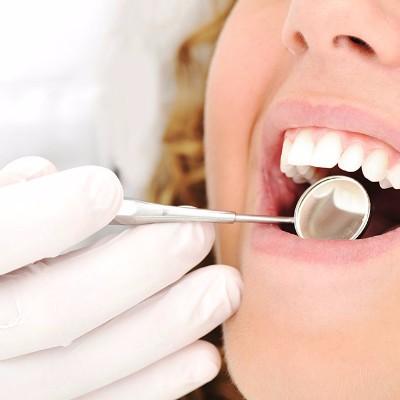What is hyperlipoproteinemia type I?
summary
Hyperlipoproteinemia type I (exogenous hypertriglyceridemia, familial fat induced hyperlipidemia and chylomicronemia) is a relatively rare hereditary disease, which is caused by the dysfunction of lipoprotein lipase or apo - Ⅱ, resulting in the decrease of chylomicrone, VLDL and triglyceride clearance from the blood. What is hyperlipoproteinemia type I?
What is hyperlipoproteinemia type I?
Children and young people showed abdominal pain of pancreatitis, pink yellow fat deposition rash (xanthoma), especially in the compression site and extensor surface; It can also be manifested as retinal plaques and hepatosplenomegaly. Fatty diet can make the blood circulation of chylous particles accumulation, so as to aggravate the symptoms and signs.

The results showed that the significant increase of triglyceride could make the plasma appear as milk like, and the chylous particles refracted light to produce milk like. When placed at 4 ℃ for 24 hours, a layer of emulsifiable substance accumulated in the plasma, which covered the clear plasma and had diagnostic value. The activity of lipoprotein lipase could not be recovered after IV heparin injection.

Genetic factors: syndrome caused by inherited lipoprotein metabolism disorder, which is autosomal recessive inheritance. The pathogenesis is due to the genetic deficiency of lipoprotein proteases in vascular endothelial cells or the binding of triglycerides to specific apo protein, coupled with exogenous fat intake, secondary metabolic disorder of chyle particles, resulting in the accumulation of chyle particles, the increase of serum level and the accumulation of triglycerides in tissues.

matters needing attention
First of all, we should control the diet, eat less fat meat, animal viscera and other high blood fat food, eat more light vegetables, fruits, exercise more, control the weight, if it is still on the high side, we can use beta drugs.













